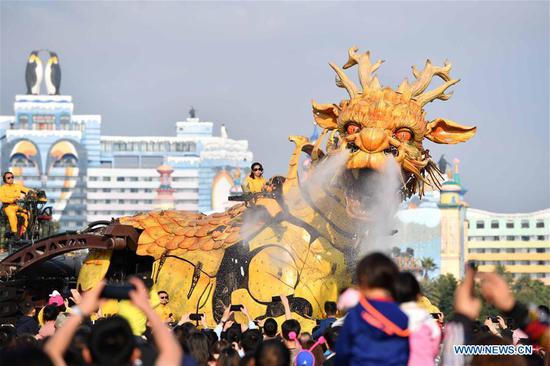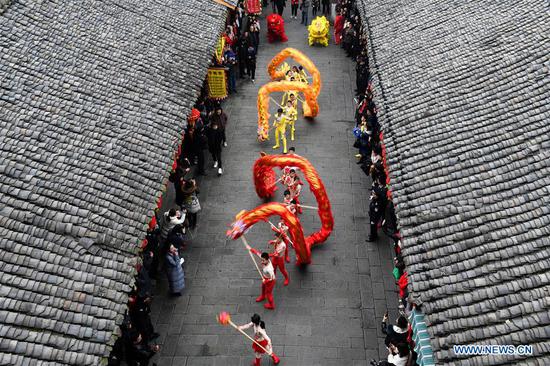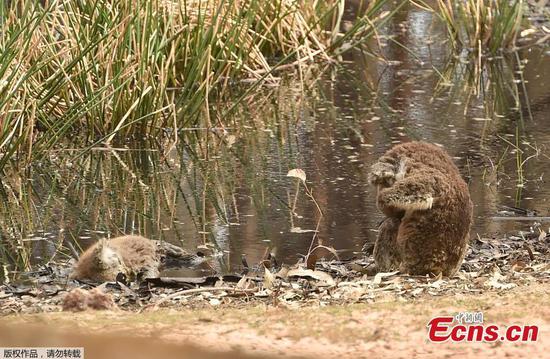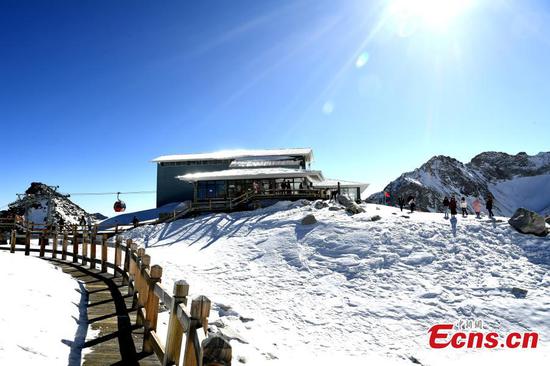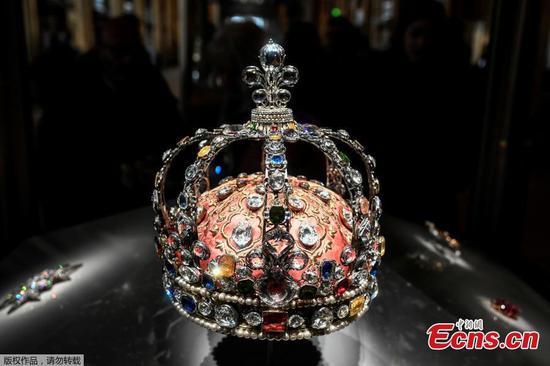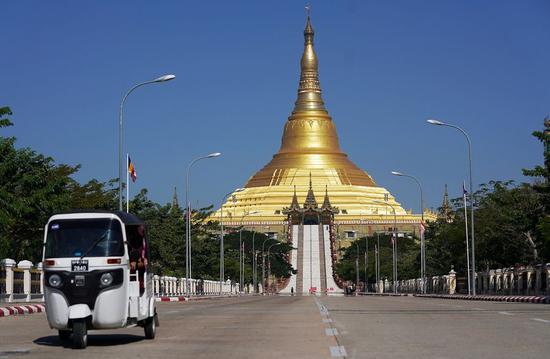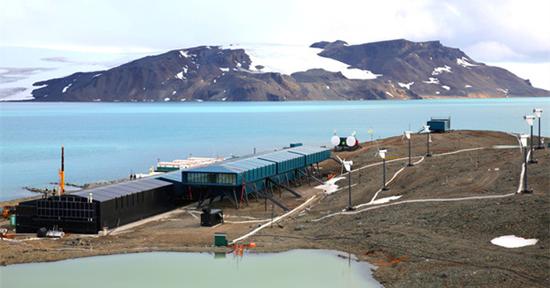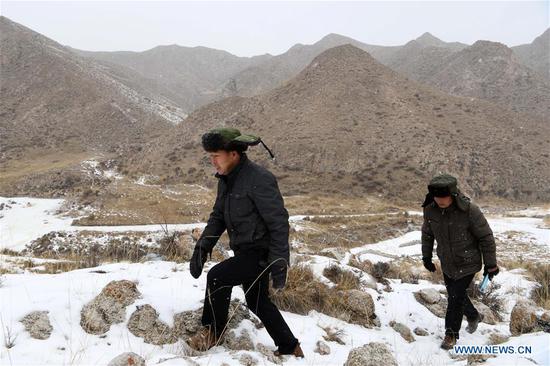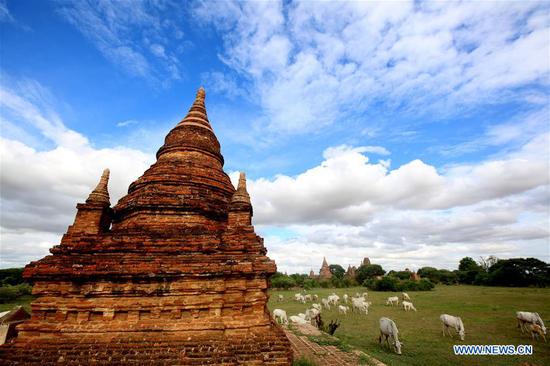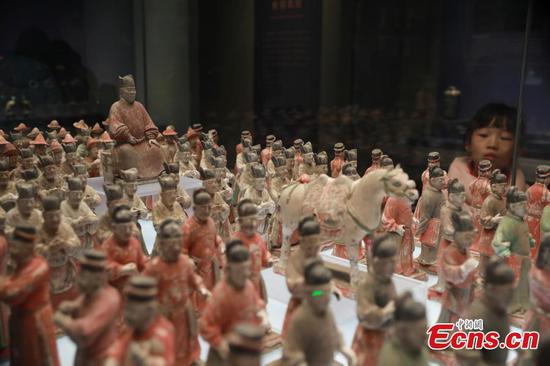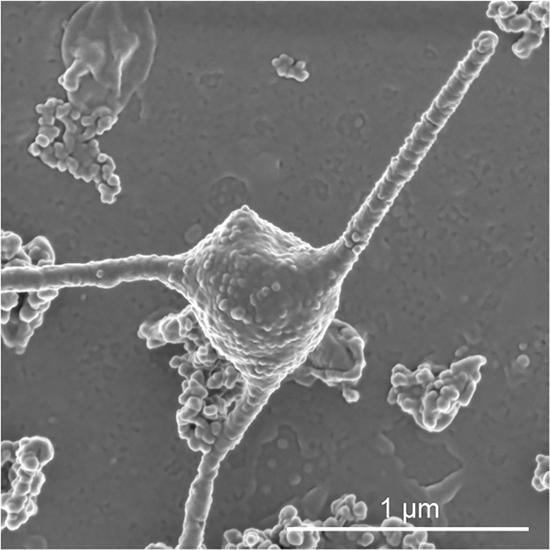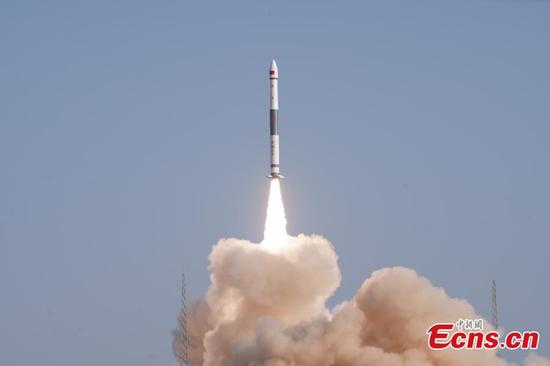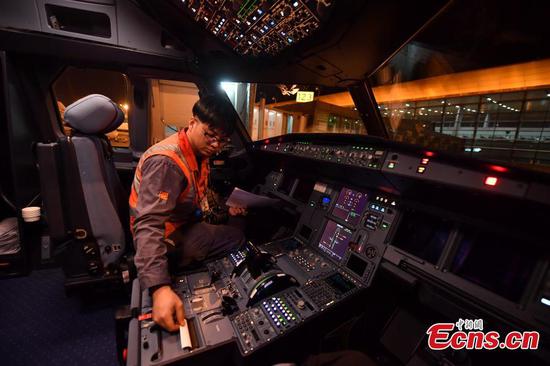
Photo taken by the rover Yutu 2 (Jade Rabbit-2) on Jan 11, 2019 shows the lander of the Chang'e 4 probe. (Photo/Xinhua/China National Space Administration)
Re-entry module expected to return to Earth with at least 1 kg of samples
The next mission in China's lunar exploration program-Chang'e 5-will land a probe on an area never reached by astronauts or spacecraft and is expected to bring back at least 1 kilogram of samples, a project insider said.
Peng Jing, deputy chief designer of the Chang'e 5 probe at the China Academy of Space Technology, said it is scheduled to be launched atop a Long March 5 carrier rocket, the biggest and strongest in the nation's rocket fleet, at the Wenchang Space Launch Center in Hainan province during the fourth quarter of this year.
It will land on the northwestern part of the Oceanus Procellarum, a vast lunar mare on the western edge of the moon's near side, after flying for dozens of days.
"This particular landing site was selected because it has never been reached by man or rover and also because scientists are interested in the geological history of that place," Peng explained.
Compared with previous Chinese lunar missions, Chang'e 5 will be more sophisticated and challenging as it will be the first tasked with collecting samples and bringing them back to Earth, he said.
The 8.2-metric-ton probe has four components-orbiter, lander, ascender and re-entry module. After the probe reaches lunar orbit, the components will separate into two parts, with the orbiter and re-entry module remaining in orbit while the lander and ascender head toward the moon's surface.
The lander and ascender will make a soft landing and then get to work on tasks such as using a drill to collect underground rocks and a mechanical arm to gather lunar soil.
After the surface operations are done, the ascender's rocket will lift it into lunar orbit to dock with the re-entry module. It will transfer lunar samples to the module, which will carry them back to Earth.
If the mission is successful, it will make China the third nation to bring lunar samples back to Earth, after the United States and Russia, and also make Chang'e 5 the world's first lunar sample-return mission in more than four decades.
"The quantity of samples it will bring back depends on many factors, such as the landing site's geology. We hope that it can collect at least 1 kg, and if everything goes well, it may bring 2 kg or even more," Peng said. "The samples will be distributed to scientists for research on topics including the moon's physical composition, geological traits and shallow structures, which will consequently help with the understanding of the moon's evolution."
Speaking of future plans in the country's lunar exploration program, Peng said scientists and engineers have proposed that two or three missions could be made to set up a simple scientific outpost on the moon, which would be able to accommodate astronauts for short-term stays, to carry out experiments and explore the feasibility of long-term visits.
In another development, Ma Xiaobing, deputy chief designer of China's new-generation manned spacecraft, which has yet to be named, said that the new spaceship's prototype will make its debut flight during the first mission of the Long March 5B rocket this year at the Wenchang center.
The three-day flight will test and verify several key pieces of equipment on the new spacecraft, which will be bigger than the previous Shenzhou-series manned spaceships, he said, noting the new model will be reusable.












